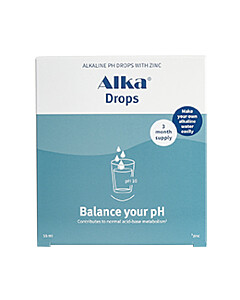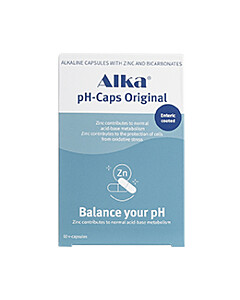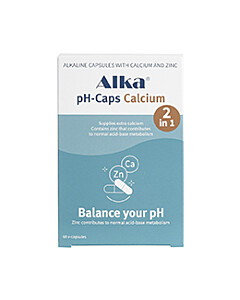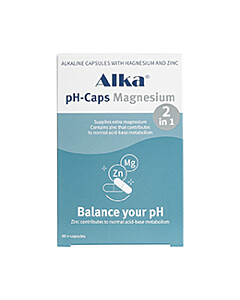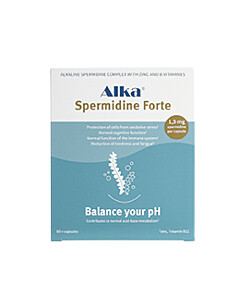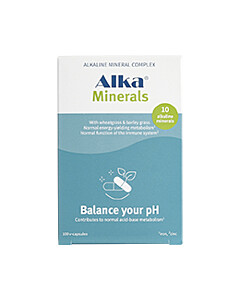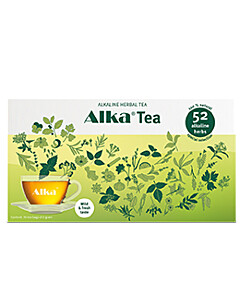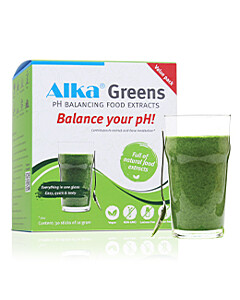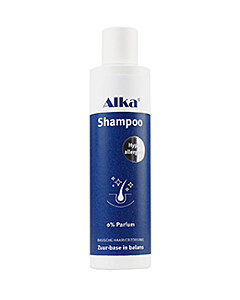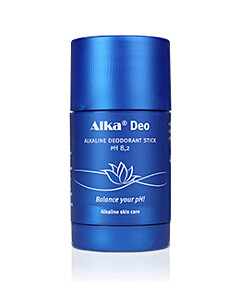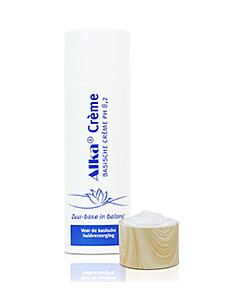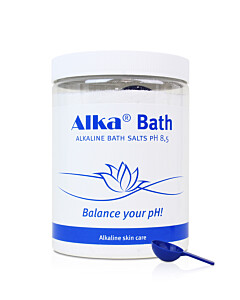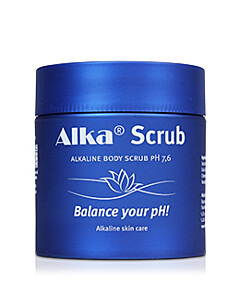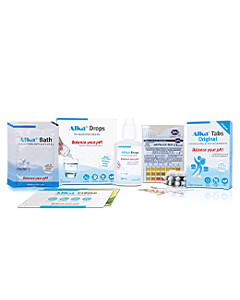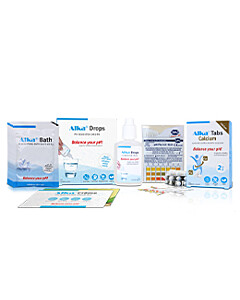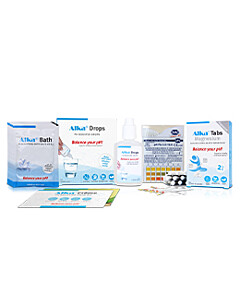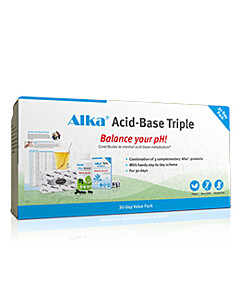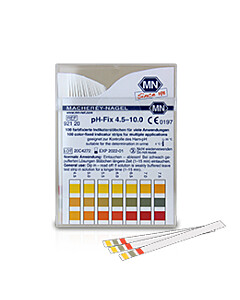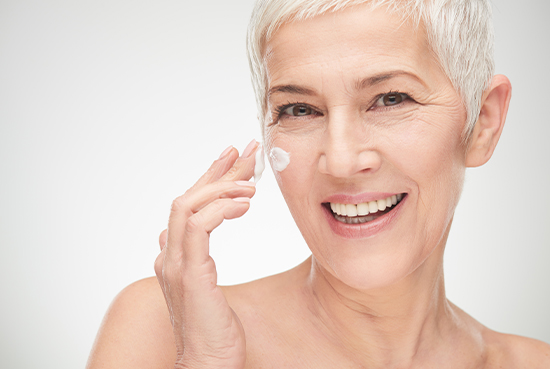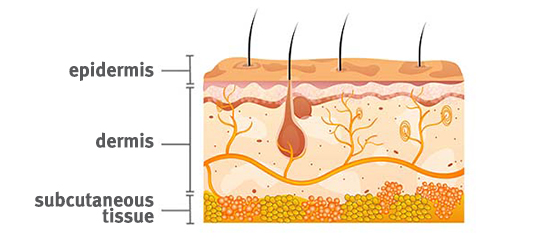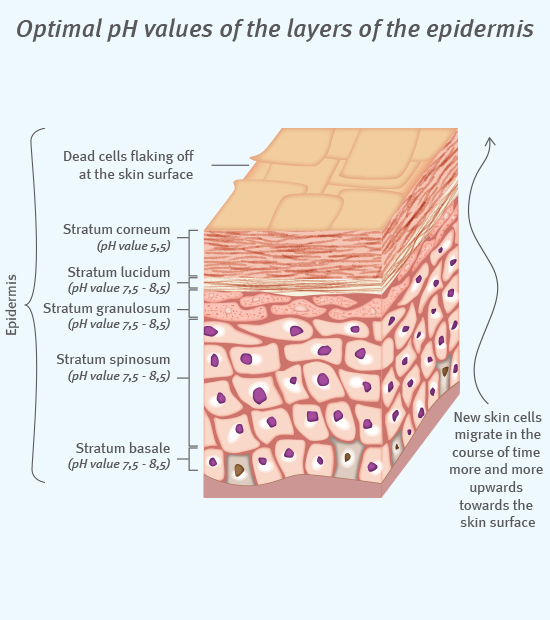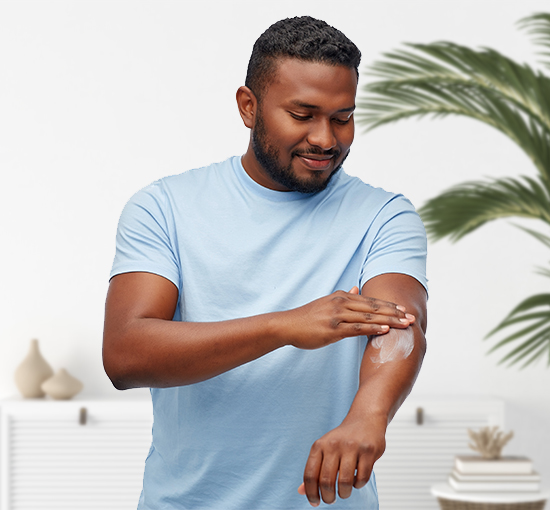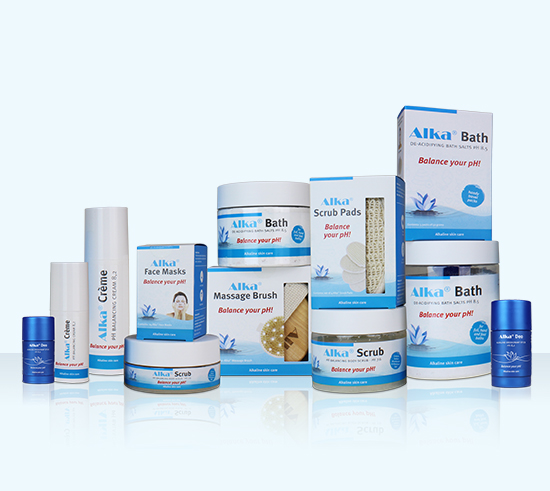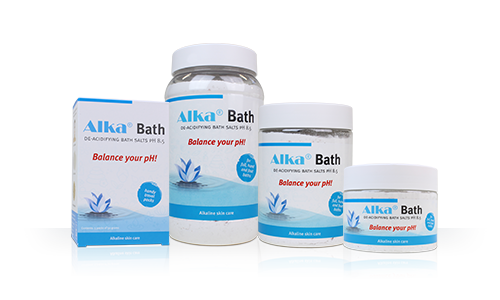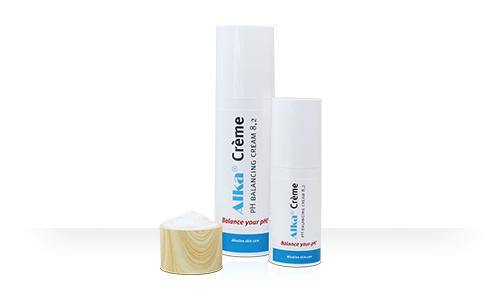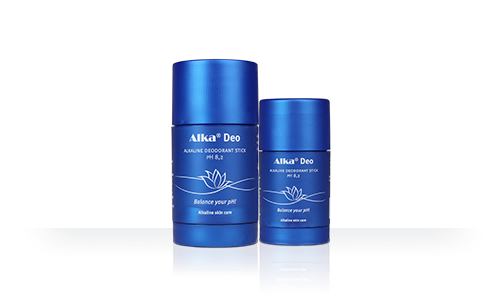The skin - Our protective armor
We tend to take healthy skin for granted and underestimate its importance to our overall well-being. We usually only give it the attention that it should always get from us when something visibly changes – be it a small blemish, signs of aging, a skin condition or a disease.
Our skin is a pure natural wonder and very important for our body. The skin's defense function protects us from infections and UV radiation, regulates our body temperature, is our largest excretory organ, and helps us touch and feel the outside world. It forms an endogenous protective armor, which accompanies us through thick and thin, cold and warm and through happiness and grief.
It also helps us to understand each other. Whether it's the blush of shame, the pallor of fear or the colorlessness of a sick person... It tells us more than we really realize.


